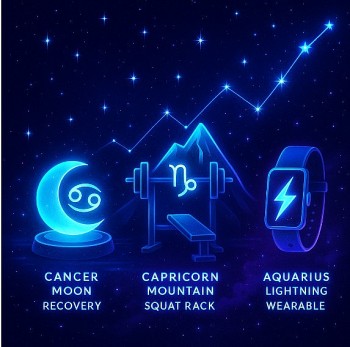Top 10 Biggest Lithium Mines in the World by Production
| Table of Contents |
Overview: Lithium Production in the World Today
The world needs lithium-ion batteries to power the electric vehicles that will hasten the transition to green energy. Late last year, lithium prices were sky-high, reaching a peak in December of about $70,000 per tonne. However, discounts provided to automakers by Chinese battery giant CATL resulted in a price decline earlier this year.
The entire lithium-ion battery chain, from mining to recycling, could grow by more than 30% annually to 2030, reaching a value of more than $400 billion and a market size of 4.7 TWh, according to a long-term prediction made by McKinsey Battery Insights.
With an estimated 61,000 metric tons of lithium mine output in 2023, Australia was the world's top producer of the metal. With 39,000 and 19,000 metric tons of lithium produced, respectively, Chile and China came in second and third.
The mining database of GlobalData and other sources have identified the top ten lithium mines in the world today based on production. KnowInsiders.com chooses and presents the most recent information on lithium mines currently in operation around the globe.
Top 10 Biggest Lithium Mines in the World by Production Today
1. Greenbushes Lithium Operations, Australia
Website: https://www.talisonlithium.com/greenbushes-project
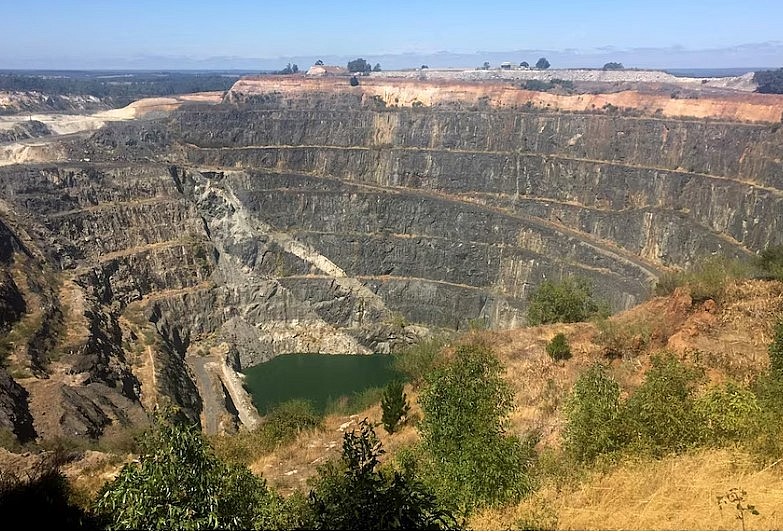 |
| One of the pits of the Talison lithium mine in Greenbushes, which has since filled with water.(ABC News: Sean Murphy) |
In Western Australia, Australia, there is a surface mine called the Greenbushes Lithium Operations. The brownfield mine, owned by Albemarle, is expected to produce 155.8 thousand tonnes of lithium in 2023. Till 2039, the mine will be in operation.
Tianqi Lithium, a former joint venture partner, contributed $382 million to boost production in 2018, but Albemarle gained full control in 2020 after Tianqi sold assets to reduce debt.
The lithium mining and processing facility of Talison Lithium is situated nearby and immediately south of the Western Australian town of Greenbushes. It is located in the south-west of Western Australia, about 250 kilometers south of Perth and Fremantle, a significant container shipping port, and 90 kilometers south-east of the port of Bunbury, a significant bulk handling port.
The South West's economy is based on mining, lumber milling, farming, and tourism.
The convenient location of the lithium operations in relation to Perth and the South West coastal tourist areas of Western Australia.
Since 1983, Talison Lithium and its predecessor businesses have produced lithium at the Greenbushes lithium operations, which is acknowledged as Western Australia's longest-running mining district.
Tantalum mining started in the Greenbushes region in the 1940s; tin mining started there in 1888. The first lithium processing plant at Greenbushes was put into operation in 1985 after initial ore body development there began in 1983. Since then, various expansions have been made to the lithium processing facilities to produce a variety of lithium concentrates.
To keep up its status as a significant supplier of lithium mineral concentrates, the Greenbushes operations has undergone a number of expansions over the past 30 years. A second large chemical grade lithium processing plant (CGP2), which Talison Lithium started building in 2017, was formally inaugurated in 2019. With this project, the mine's lithium concentrate production capacity more than doubled to 1.34 mtpa.
In 2023, work on a third lithium processing facility began. At Greenbushes, there is also a facility for the retreatment of tailings. Talison Lithium will be able to supply the downstream processing industry that Tianqi Lithium Corporation/IGO Limited JV and Albemarle Corporation are establishing in Western Australia thanks to the expansion of production facilities.
The Lithium-Caesium-Tantalum pegmatites are a member of this family. A significant northwest regional fault zone is where the Greenbushes pegmatite deposit is found. It has been around for about 2,525 million years. The pegmatite is made up of many smaller pegmatite dykes and pods that flank the main zone, which is over 3 km long and up to 300 m wide. The Greenbushes pegmatites are mineralogically zoned along strike and down dip in lenticular interfingering fashion. Spodumene, a mineral that contains lithium, is abundant in the over 2-km-long lithium zone and frequently makes up half of the rock. The Greenbushes pegmatite stands out from many other rare-metal pegmatites thanks to its distinctive characteristics.
2. Salar de Atacama Lithium Mine, Chile
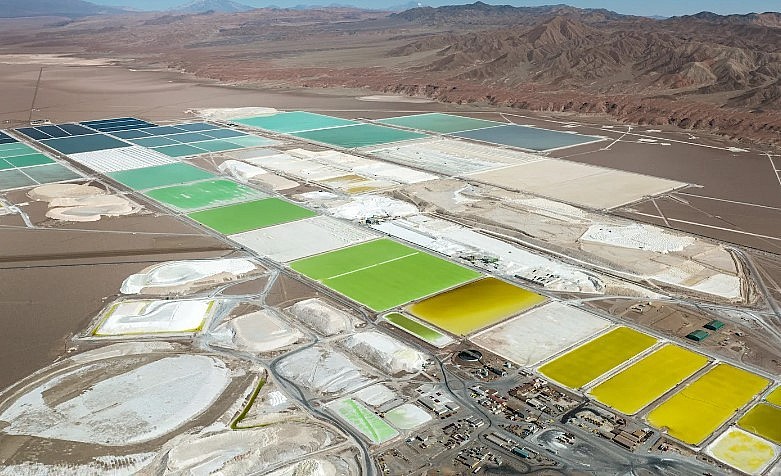 |
| Salar de Atacama Lithium Mine, Chile |
The SQM operation at Chile's largest salt flat, the Salar de Atacama, comes in second. Sociedad Quimica y Minera de Chile is the owner of the Salar de Atacama Mine in Antofagasta, Chile.
In 2023, it is anticipated that the in-situ leaching mine will produce 135.4 thousand tonnes of lithium. Till 2030, the mine will be in operation.
To lessen the overall effect of its lithium operations in one of the driest places on the planet, it worked on a project to reduce its use of freshwater and brine from the Atacama Desert.
One of the most significant lithium mining deposits in the world is the Salar de Atacama, where lithium is currently being mined by the American company Albemarle and the Sociedad Quimica y Minera (SQM) of Chile.
On the Salar de Atacama, copper is produced by Antofagasta at its Zaldivar mine and by BHP at Escondida.
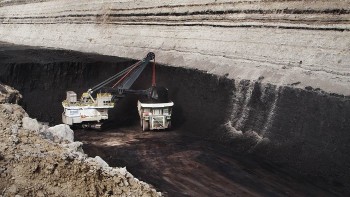 Top 10 Largest Coal Mines In The World By Reserve Top 10 Largest Coal Mines In The World By Reserve |
3. Mount Marion Lithium Project, Australia
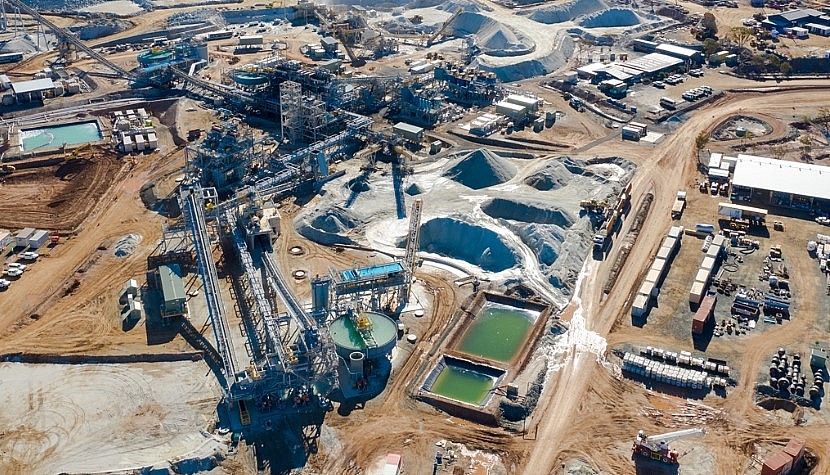 |
| Mount Marion Lithium Project in Australia |
The second-largest high-grade lithium concentrate (spodumene) reserves in the world are found at the Mount Marion lithium project, which is 40 km southwest of Kalgoorlie in Western Australia's Goldfields region.
Construction on the project started in 2015 after it received approval for development in October 2010. The mine began producing lithium concentrate in February 2017.
Neometals and Mineral Resources (MRL) formed a joint venture to start the lithium mine's development. Both businesses signed a farm-in agreement in October 2009, which stated that Neometals would own 100% of the processing plant while MRL would fund its development, construction, and operation. 40% of the net earnings would have been split with MRL.
To develop the lithium project, however, the joint venture companies established Reed Industrial Minerals (RIM) in February 2011.
The nameplate capacity of the processing plant was upgraded to 450,000tpa at the Mt. Marion lithium site in March 2019. The upgrade raised the lithium content of the spodumene concentrate produced from 4% to 6%.
To increase production to 900,000 tonnes of mixed grade spodumene concentrate annually by December 2022, an upgrade project is currently under way.
Till 2047, the mine will be in operation.
4. Pilgangoora Project, Austrlaia
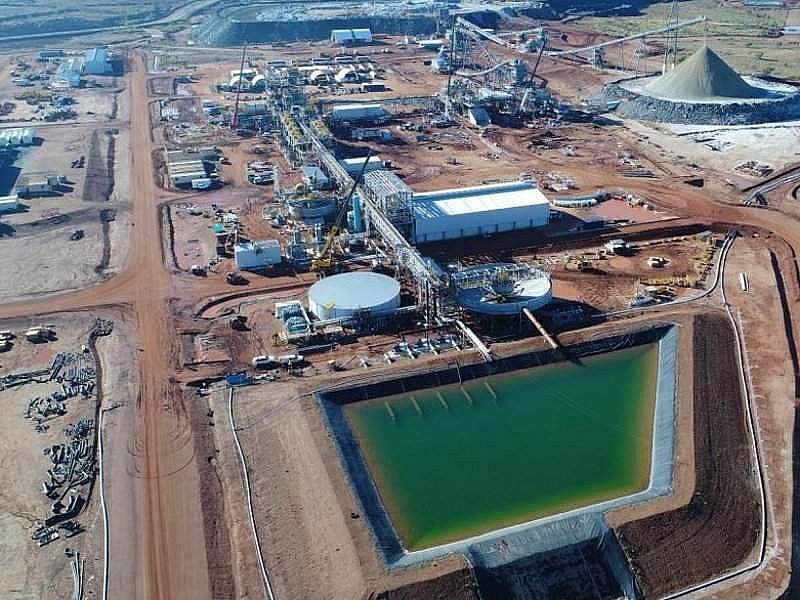 |
| Pilgangoora Lithium-Tantalum Project |
The Pilgangoora Project, a surface mine owned by Pilbara Minerals, is located in Western Australia, Australia. In 2023, the brownfield mine is expected to produce 56.1 thousand tonnes of lithium. The mine is anticipated to close in 2060.
Pilbara spent $205 million to boost Pilgangoora's output.
As of September 2018, it was estimated that the Pilgangoora Lithium-Tantalum project contained 108.2Mt of proven and probable reserves with grades of 1.25% Li2O (Lithia), 120ppm Ta2O5 (tantalite), and 1.17% Fe2O3.
In the resource-rich Pilbara region of Western Australia, 120 kilometers from Port Hedland, is the Pilgangoora Project. One of the largest hard rock lithium deposits in the world, the Pilgangoora ore body is regarded as strategically significant within the global lithium supply chain.
The Pilgangoora Project has access to top-notch supporting infrastructure, including a port and road, thanks to its location in one of the most prestigious mining jurisdictions in the world. The operation is supported by strict environmental and safety regulations as well as high social standards because it is located in Australia.
The operation consists of two processing facilities: the Ngungaju Plant (pronounced Nuh-ga-ju) is situated to the south and produces a spodumene concentrate. The Pilgan Plant (original Pilgangoora plant), which is situated on the northern side of the Pilgangoora area, produces a spodumene concentrate and a tantalite concentrate.
The Nyamal People, who are the traditional owners, gave the processing facilities their names in honor of their ties to the land on which the Pilgangoora Project is situated.
Having two processing facilities gives Pilbara Minerals flexibility and speed to market because it allows us to quickly increase production to meet rising lithium market demand. We can also blend products to meet customer needs thanks to our ability to do so.
Our long-term strategy to maximize the value of the Pilgangoora Project and fully integrate into the value chain for lithium raw materials and chemicals is supported by an expansion and diversification pathway.
5. Salar de Atacama Mine (Albemarle Corporation), Chile
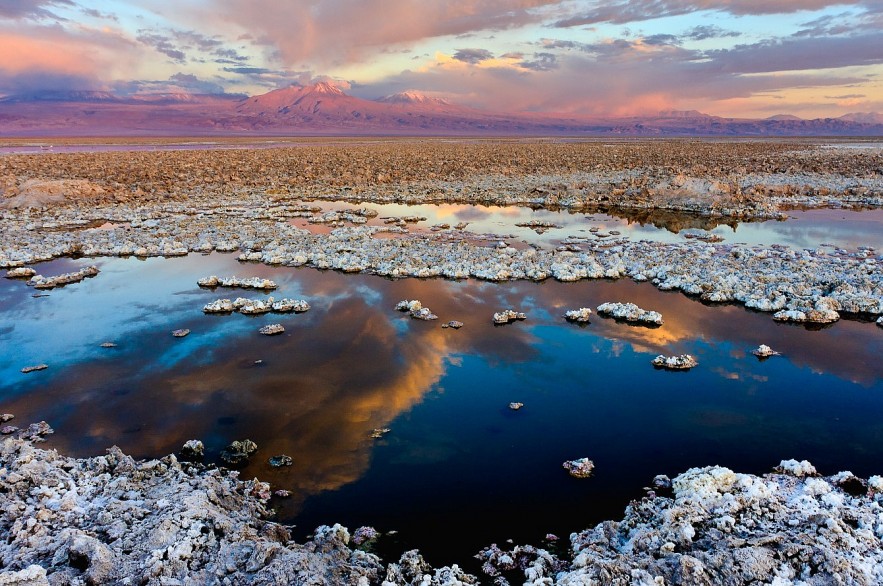 |
| Salar de Atacama Mine |
In-situ leaching mining is done at the Salar de Atacama Mine (Albemarle Corporation), which is located in El Loa, Chile. The greenfield mine, owned by Albemarle, is expected to produce 32.89 thousand tonnes of lithium in 2023. The mine should continue to run until 2043.
One of the driest places on Earth is the Salar de Atacama in Chile, a sizable, arid salt flat surrounded by mountain ranges. While parts of the Atacama Desert have been dry for as long as records have been kept, beneath this level surface is salt-rich water. Lithium salts are particularly abundant in the Salar.
Rechargeable batteries use lithium. The soft, silvery metal is in greater demand as people use their smartphones, portable computers, and electric vehicles more frequently.
The blue rectangles in these Landsat images represent the evaporation ponds, where brines from below the salty crust are pumped. This area experiences extreme aridity and wind, which leads to an effective process. Lithium carbonate and other materials can be extracted from the concentrated salts that are still present after evaporation.
These Landsat images taken in 1993 and 2015 show how the Salar de Atacama's lithium mining operations have grown over time. The effects of various types of mining on global land change can be studied with the aid of Landsat imagery.
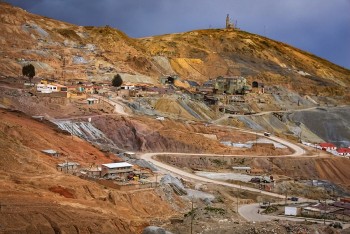 Top 15+ Largest Silver Mines in the World by Production Today Top 15+ Largest Silver Mines in the World by Production Today |
6. Salar del Hombre Muerto Lithium Mine, Argentina
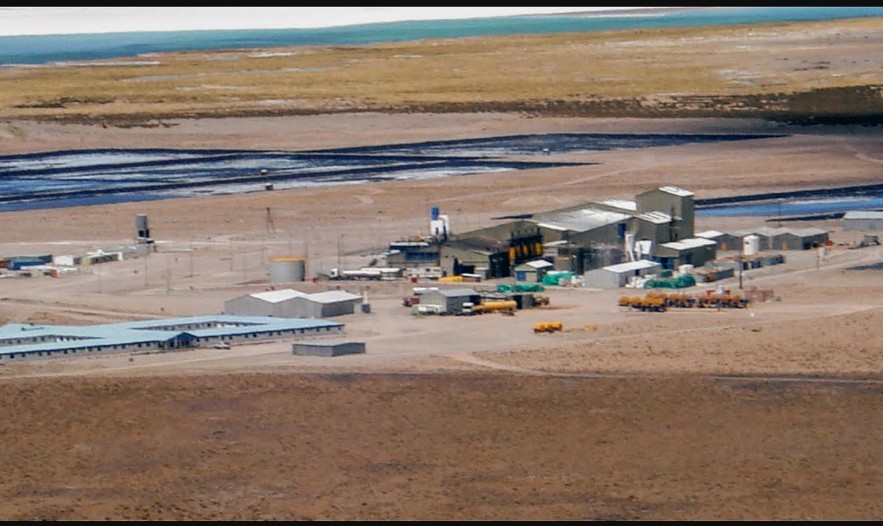 |
| Salar del Hombre Muerto Lithium Mine, Argentina |
Argentina's Salar del Hombre Muerto is a salt flat located in the Antofagasta de la Sierra Department, between the provinces of Salta and Catamarca.It is partially obscured by debris and has a surface area of 600 square kilometers (230 sq mi). It occasionally functioned as a lake during the Pleistocene, but today only a portion of the salt pan is covered by permanent bodies of water; its main tributary is the Rio de Los Patos.
Salar del Hombre Muerto, a salar that is a part of the Lithium Triangle, is one of the most significant sources of lithium in the world. Lithium is necessary for the production of lithium-ion batteries, which are essential for electric vehicles and renewable energy sources.
The greenfield mine, which is owned by Livent, is expected to produce 32.8 thousand tonnes of lithium in 2023. Till 2090, the mine will be in operation.
The activities of Livent Corp. at Argentina's Salar de Hombre Muerto. General Motors paid the business $198 million in advance for a lithium supply that was guaranteed for six years.
7. Mount Cattlin Lithium Mine, Australia
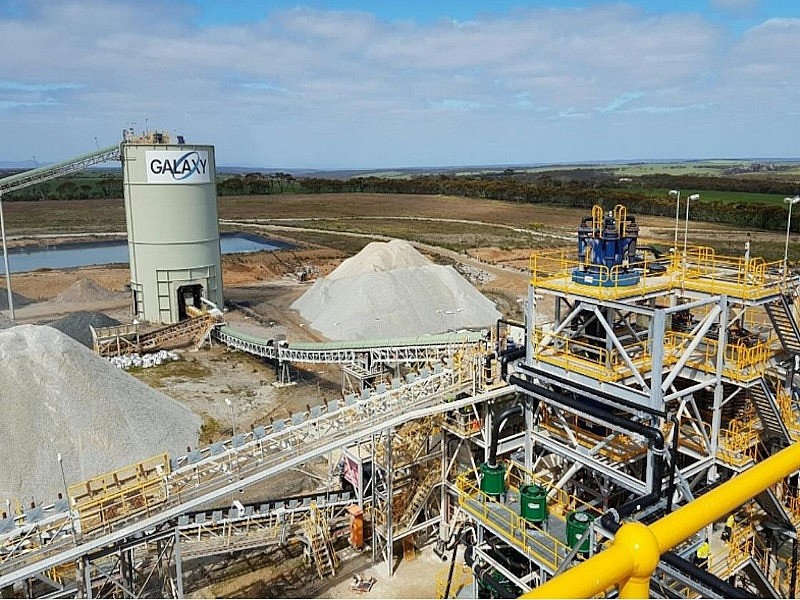 |
| Mount Cattlin Lithium Project |
Allkem is the owner of the Mount Cattlin Lithium Mine in Western Australia, Australia. In 2023, an estimated 26.81 thousand tonnes of lithium were produced at the surface mine. Till 2025, the mine will be in operation.
The Mount Cattlin lithium project is situated in Western Australia, about 2 km north of Ravensthorpe. The project area, which includes the mining lease M74/244, is about 1,830 ha.
The two main rock formations that make up the Ravensthrope Suite are home to the Mount Cattlin lithium deposit. To the west of the project area are the Anabelle Volcanics, which host intermediate to mafic volcanic rocks with pyroclastic material and lavas, and to the east is the Manyutup Tonalite.
The ore body is composed of several sub-horizontal pegmatite dykes that are thrusts of volcanic and intrusive rocks that point westward.
The Mount Cattlin lithium project's mineralization is found as flat sheets of spodumene and tantalite that range in thickness from 1 to 20 meters and vertical depth from 24 to 60 meters below the surface. The orebody has a down-dip to the north and is open to the west.
The pegmatite body that contains lithium, tantalum, and cesium (Li-Ta-Cs) is typically enclosed by Archaean mafic volcanic, dolerites, or tonalite units that divide into two distinct zones in the southwest.
As of December 2019, Mount Cattlin's total proven and probable ore reserves were estimated to be 8.2 million tonnes (Mt), grading 1.23% Li2O and 155ppm tantalum pentoxide (Ta2O5).
An additional 3Mt of stockpile reserves with a grade of 0.93 Li2O and 121ppm Ta2O5 were included in the reserves estimate.
Traditional open-pit mining techniques, including drill, blast, excavator, and truck operations, are used in the Mount Cattlin lithium project.
To reduce the run-of-the-mine (ROM) ore to 6mm size, the project uses a one million tonne per annum (Mtpa) processing plant with a four-stage crushing circuit.
The crushing circuit feeds an ore bin, which in turn feeds a concentrator with two-stage dense media separation (DMS) cyclones to produce the spodumene concentrate and a reflux classifier to remove mica from the crushed ore product.
From the DMS pre-screen undersize, the tantalite concentrate is recovered and put through gravity separation using spiral classifiers and wet tables. The final spodumene concentrate product from the DMS is stacked on a pad and drained before being trucked to the Esperance Port for export, while the tantalite concentrate is contract dressed.
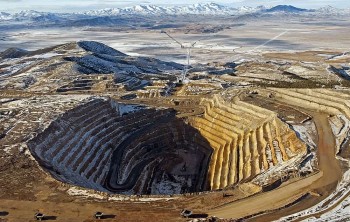 Top 10+ Largest Gold Mines in the World by Production Top 10+ Largest Gold Mines in the World by Production |
8. Bikita Lithium Mine, Zimbabwe
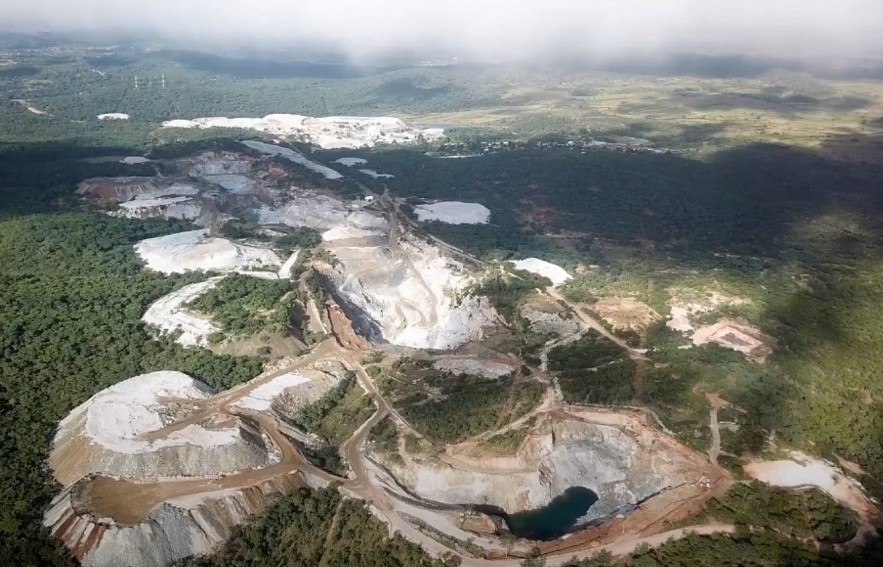 |
| Bikita Lithium Mine in Zimbabwe |
In Masvingo, Zimbabwe, there is a surface mine called the Bikita Mine. The greenfield mine, owned by Bikita Minerals (PVT), is expected to produce 26,000 tonnes of lithium by 2023.
Zimbabwe Sinomine Early in 2022, China Mining Resources Group purchased the mining production company Bikita Mining Co., Ltd. from another company. The business is situated in Zimbabwe's Masvingo Province's Bikita West District.The most significant petalite supply base in the world is the Biquita mine.
The estimated amount of lithium mineral resources is 65.4193 million tons of ore, and the mining lease of Biquita Mining covers approximately 1,528 hectares (15.3 square kilometers). In 2023, new mineral processing reconstruction and expansion projects for 2 million tons/year spodumene concentrate beneficiation and 2 million tons/year petalite concentrate (technical grade and chemical grade petalite feldspar flexible production line) are expected to be finished and put into operation.
Website: https://bikitaminerals.com/
9. Salar de Uyuni Mine, Bolivia
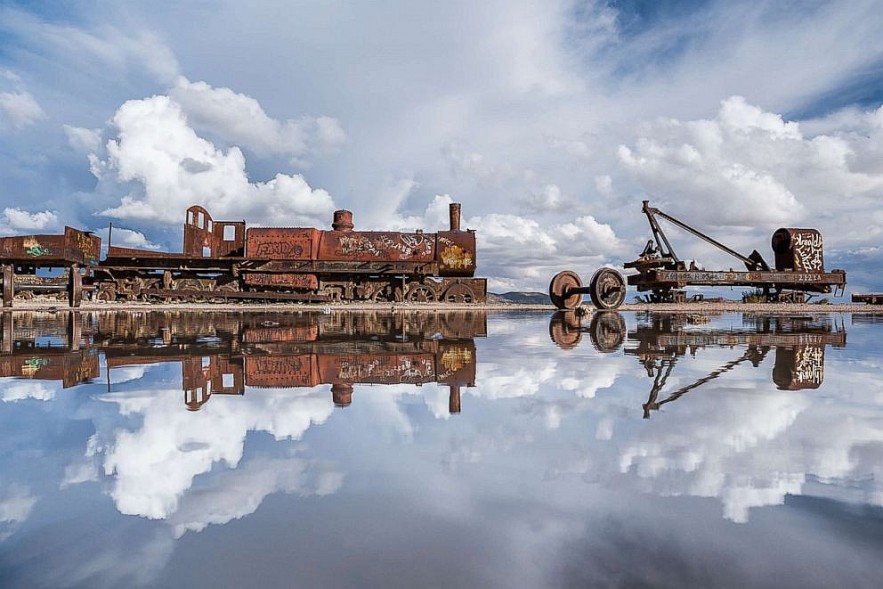 |
| Salar de Uyuni Mine in Bolivia |
The Salar de Uyuni Mine is a surface mine located in Potosi, Bolivia, and it is owned by Yacimientos de Litio Bolivianos. In 2023, the greenfield mine is expected to produce 14,000 tonnes of lithium.
The Salar de Uyuni, the largest salt flat on earth, is located in Bolivia close to the Andes mountain range's summit.
The breathtaking location, which is a developing tourist hotspot, was recently the backdrop for an epic battle scene in "Star Wars: The Last Jedi."
Bolivia, one of the poorest nations in South America, aspires to transform its economy and turn into "the Saudi Arabia of lithium" as a result of the increased demand for the element on a global scale.
Families have been extracting salt from the Salar's desolate landscape for many generations.
The facility sells the raw material for about $25,000 per ton to nations like the United States, Russia, and Japan.
Head of implementation and engineering Marco Antonio Condoretty gave us a tour of his facility and is responsible for overseeing every stage of production.
The lithium-rich brine from the Salar is obtained by wells that reach nearly 100 feet below the surface, and it is then piped miles through a network of pools at the plant.
For about six months, the brine is allowed to sit in those pools where the sun and constant wind help evaporation separate lithium from the salt and other impurities.
One of the last steps involves processing and separating lithium from potassium, another byproduct that the plant also sells.
In 2018, 200 tons of lithium are anticipated to be processed at this facility. When a nearby government plant's construction is finished the following year, that amount will increase by almost 750% to 15,000 tons.
The Salar will largely be unaffected, according to Condoretty, despite some worries that lithium processing could engulf this vast area. "We currently extract very little lithium. As a result, the Salar will not be affected by our expansion.
In actuality, he claimed, the government has only designated up to 4% of the Salar for mining and processing.
Due to the plant's remote location, employees live there as well, staying for two weeks at a time before taking a seven-day break. The location provides a hangout area and workspace, including a gym, pool tables, and even a clinic, to keep plant workers active and healthy.
10. Salar De Olaroz Lithium Project, Argentina
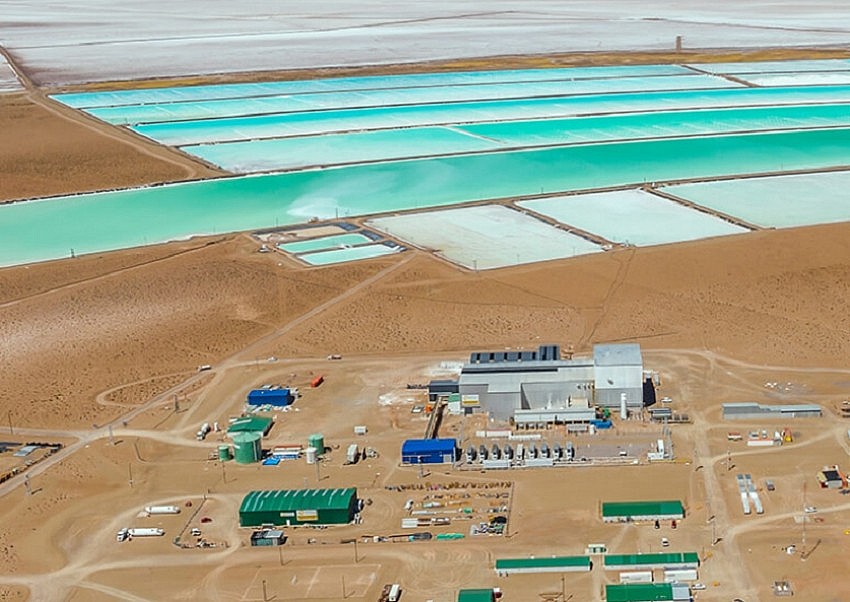 |
| Salar De Olaroz Lithium Project |
An in-situ leaching mine called the Salar De Olaroz Lithium Project is located in Jujuy, Argentina. The greenfield mine, owned by Allkem, is expected to produce 13.8 thousand tonnes of lithium in 2023. The mine should continue to run until 2060.
Through its flagship operation, the Olaroz Lithium Facility, Orocobre is the most recent brine-based global supplier of lithium carbonate in more than twenty years. The first sale of lithium carbonate from the Olaroz Lithium Facility took place in late April 2015 after seven years of planning, developing, building, and commissioning, and volumes have been rising ever since.
A JORC/NI43-101 compliant, high-quality, inexpensive, and long-lasting resource is hosted by Olaroz. With only 15% of the defined resource being extracted, the measured and indicated resource of 6.4 Mt LCE can support current continuous production for more than 40 years.
About 230 kilometers northwest of the province's capital, Olaroz Lithium Facility is situated in northern Argentina's Jujuy Province. The operations, which are located at a height of 3,900 meters above sea level, use the Salar de Olaroz brine resource, which has high concentrations of lithium and potash brine, to produce lithium carbonate.
The Operating Environment and the Local Infrastructure Support the Facility in a favorable manner. The process of brine evaporation is accelerated by very little rainfall and dry, windy weather. Gas pipelines, high-voltage electricity, and paved highways are all used to service the facility. International carriers provide service to three important seaports that are easily reachable by road and/or rail: Buenos Aires in Argentina, Antofagasta, and Iquique in Chile.
The Olaroz Lithium Facility was initially developed as a joint venture project between the provincial government of Jujuy and the mining investment firm Jujuy Energia y Mineria Sociedad del Estado (JEMSE), which is owned by the Japanese trading behemoth Toyota Tsusho Corporation (TTC).
Conclusion
The present analysis reveals the identification of the ten most prominent lithium mines globally, ascertained through projected production estimates for the year 2023. Undoubtedly, lithium is a crucial and progressively limited resource, thus the production levels at lithium mines are subject to fluctuations based on prevailing circumstances. Annually.
Lithium has emerged as a crucial resource due to its extensive range of applications, encompassing diverse sectors such as pharmaceuticals and electronic components. Currently, the primary application of this particular metal is in lithium-ion batteries, which are commonly utilized in portable electronic devices and electric automobiles. The global production of lithium from mines has experienced a substantial increase over the last decade, and it is anticipated that the demand for lithium will continue to rise in the foreseeable future.
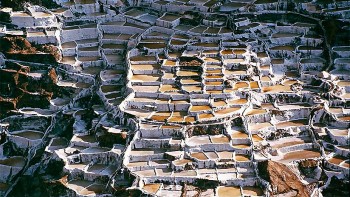 Top 10 Largest Underground Salt Mines in the World by Producion Top 10 Largest Underground Salt Mines in the World by Producion Let's explore the largest underground salt mines in the world today. These salt mines are also a tourist destination visited by many tourists. |
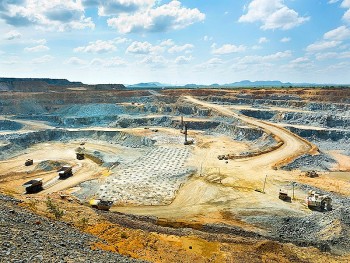 Top 10 Largest Platinum Mines in the World by Production Top 10 Largest Platinum Mines in the World by Production There are more than 68 platinum mines in operation globally today. Join KnowInsiders.com to explore the 10 largest platinum mines in the world that are ... |
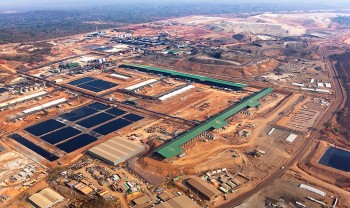 Top 10+ Largest Cobalt Mines in the World by Production Top 10+ Largest Cobalt Mines in the World by Production There are currently more than 89 cobalt mines open for business across the world. Learn more about the top 10 largest cobalt mines that are ... |
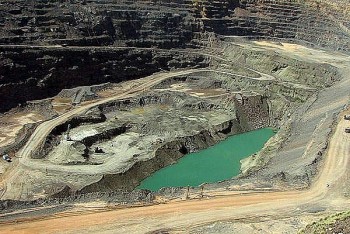 Top 10+ Largest Diamond Mines in the World by Production & Reserve Amount Top 10+ Largest Diamond Mines in the World by Production & Reserve Amount Around the world, there are more than 130 active diamond mines. Let's investigate the Top 10 largest diamond mines in the world right now with ... |






















